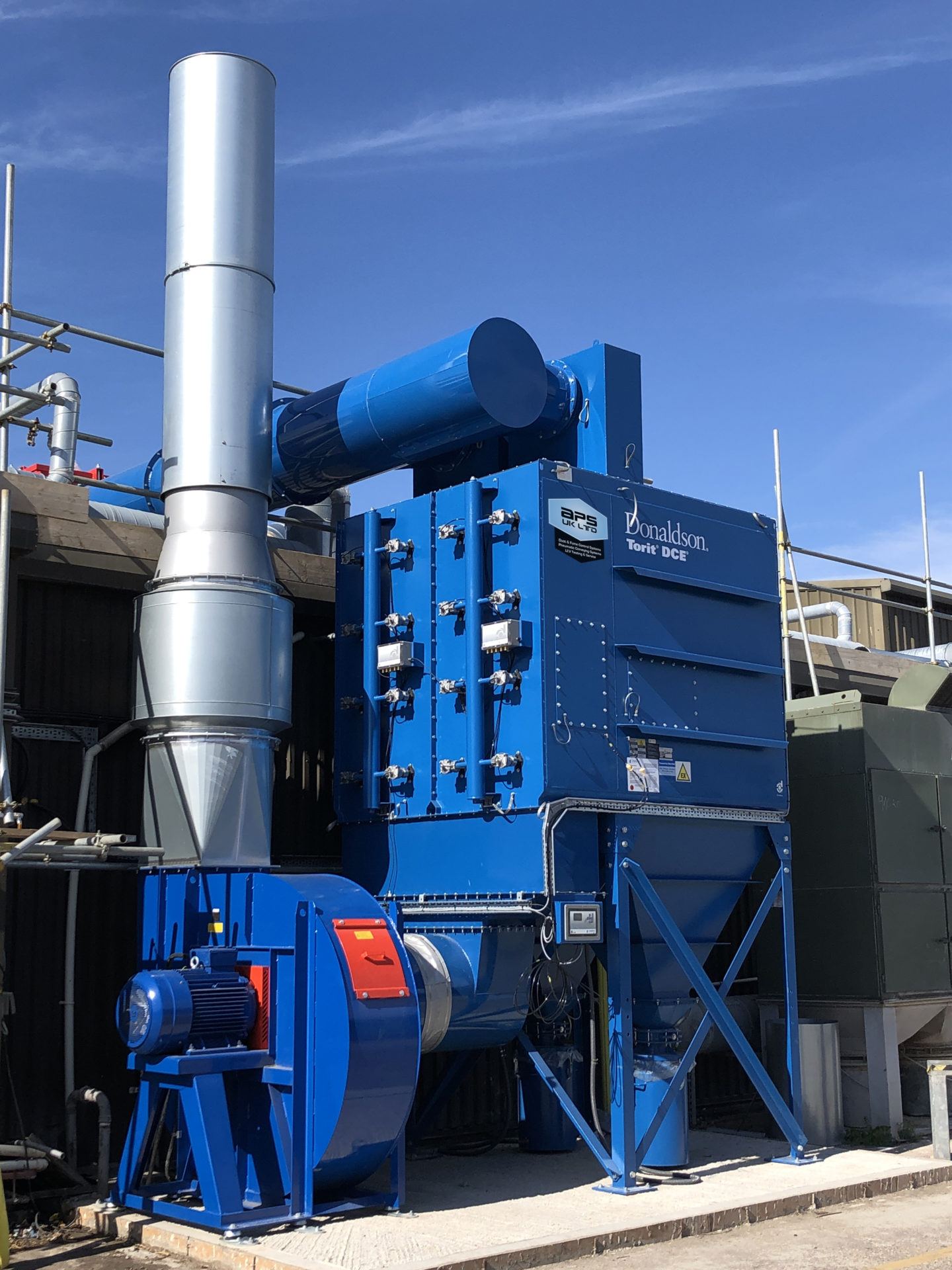The Impact of Dust on Your Health
Dust is a common air pollutant that arises from various sources and activities in factories and warehouses. It includes particles generated through natural erosion, microscopic organisms, dander, pollen, and man-made processes. While larger dust particles are visible and tend to settle closer to their source, fine and invisible particles pose greater health risks as they can penetrate deep into the lungs and even enter the bloodstream directly. In this blog, we will explore how dust affects human health and discuss some of the most hazardous types of dust found in different industries.
Health Effects of Dust Exposure
The health effects of dust exposure depend on the size and type of particles present, as well as the duration of exposure. Inhaling dust can lead to respiratory problems, which may take years to develop. Larger particles get trapped in the upper respiratory tract, causing damage, while fine particles easily enter the lungs, leading to more severe health issues. Dust can also be swallowed and may cause gastrointestinal infections or enter the bloodstream, affecting other organs.
Hazardous Types of Dust
Not all dust is equally harmful, and certain types have been linked to serious health problems. Some notable examples include:
Asbestos: Exposure to asbestos can lead to severe diseases such as lung cancer, asbestosis, mesothelioma, and pleural thickening. Asbestos fibers are released into the air when materials containing asbestos are damaged or disturbed, posing a significant risk, especially in older buildings.
Flour: Workers in flour mills, bakeries, and kitchens face the risk of developing asthma and dermatitis due to exposure to flour dust and enzymes like amylase. Care must be taken to avoid raising clouds of dust during work in these environments.
Grain Dust: Harvesting, handling, and processing grains such as wheat, maize, barley, oats, and others can lead to respiratory diseases, including asthma. Grain dust may contain contaminants like fungal spores, pesticide residues, bacteria, and endotoxin, which pose additional health risks.
Wood Dust: Carpenters and workers exposed to wood dust, especially from hardwood, are at risk of developing asthma and even cancer of the nose. Proper precautions are necessary to minimize exposure and protect workers in this industry.

Protecting Employees from Dust Exposure
Employers have a responsibility to ensure the safety and well-being of their employees. The Health and Safety at Work Act 1974 and the Control of Substances Hazardous to Health (COSHH) regulations provide guidelines and frameworks for managing dust exposure. Employers should conduct risk assessments, implement appropriate control measures, and provide training to employees regarding the risks associated with dust exposure.
Key Principles for Dust Control
The COSHH guidelines outline several principles for controlling dust in the workplace:
• Minimise the emission, release, and spread of hazardous substances through designed and operating activities and processes.
• Consider all relevant routes of exposure (inhalation, ingestion, skin absorption) when implementing control measures.
• Control dust exposure proportionately to the associated health risks.
• Choose reliable and effective control options to minimize the escape and spread of hazardous dust particles.
• Use a combination of control measures if one method is insufficient, including the use of personal protective equipment.
• Regularly review and monitor the effectiveness of control measures.
• Provide training to employees on the risks and hazards associated with substances they work with and the proper use of control measures.
• Ensure that the implemented control measures do not increase overall safety and health risks.
Understanding Hazardous Dust Levels
Dust concentrations that pose health hazards vary depending on the type of dust. Workplace Exposure Limits are available for certain substances, such as silica dust, which has a specific limit of 0.1mg/m³. Although some dust may not have specific exposure limits, it can still be harmful. COSHH defines dust as hazardous if the concentration in the air equals or exceeds 10mg/m³ for inhalable dust or 4mg/m³ for respirable dust, potentially causing occupational diseases. However, it is important to note that even concentrations below these limits can pose risks to health.
How To Reduce The Risk
Local Exhaust Ventilation (LEV) extraction systems are identified as being essential to improve the air quality and to reduce the risk of various respiratory diseases caused by dust and fume particles. When properly designed, installed and maintained a good LEV Extraction System will remove airborne contaminants at the point of origin.
Our expertise in dust control enables us to provide our customers with a professional and effective service, plus our excellent supplier partnerships also ensure the best possible solution to any customer needs.


We Consult
Understanding is key. We take the time to grasp your specific requirements, ensuring solutions tailored just for you.

We Design
With your needs as our blueprint, we craft designs that are both functional and in step with modern aesthetics.

We Install
Our team prioritises a smooth, efficient installation process, minimising disruption while focusing on optimal safety outcomes.